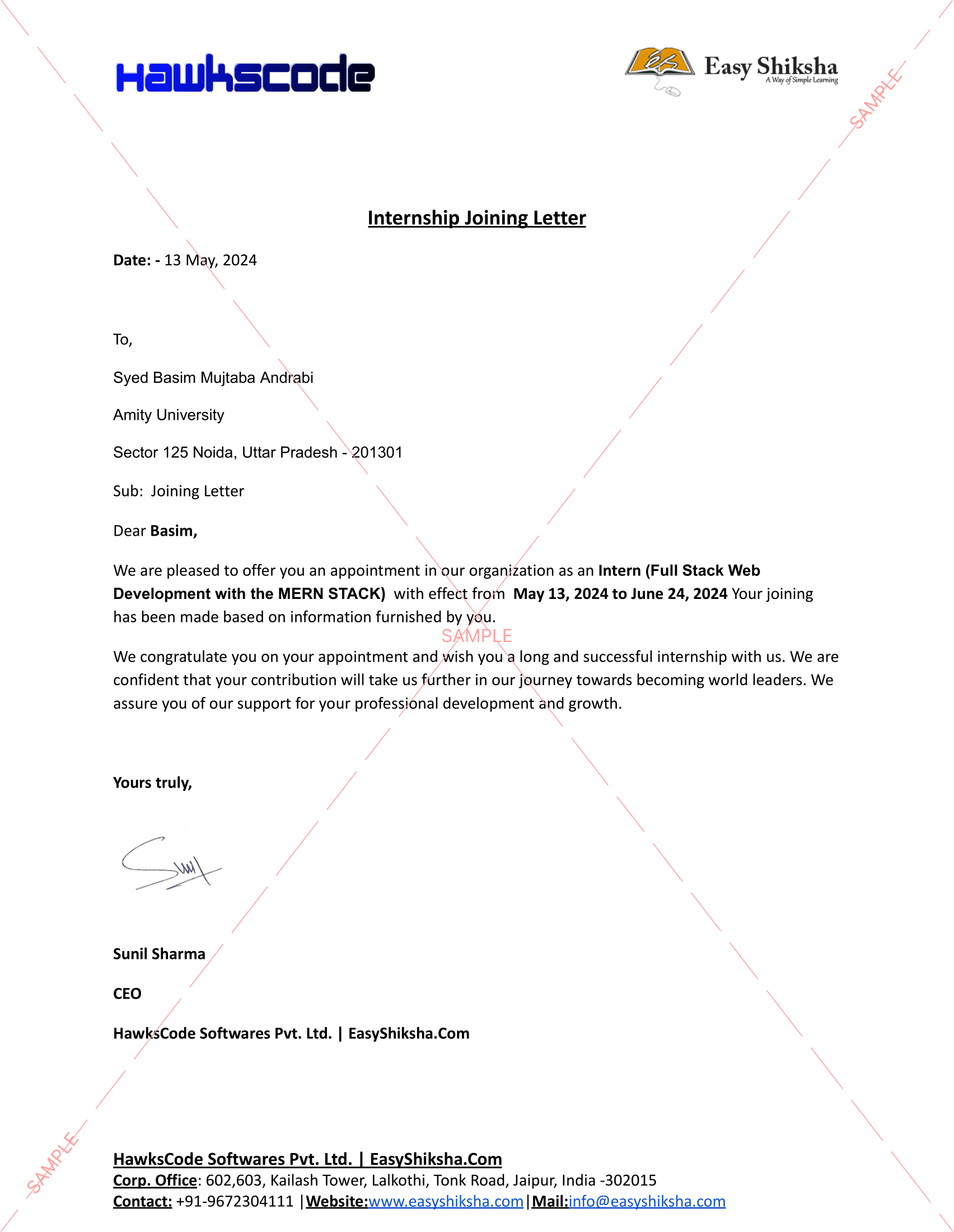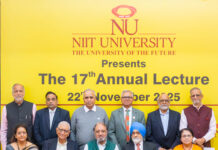In recent years, vocational training has experienced a significant resurgence as individuals and industries alike recognize the value of skill-based education. With a growing emphasis on practical skills and hands-on experience, vocational training programs are becoming increasingly popular among those seeking to enhance their career prospects. This shift is evident in the increasing popularity of platforms like EasyShiksha, which are making skill-based education more accessible and affordable than ever before. This article explores the factors driving the rise of vocational training and why more people are opting for this career-focused approach to education.

Internship/Training with universally recognized certificates accepted by all Universities and Industries
Join over 1,00,000 students from 300+ universities who have already completed internships with EasyShiksha and are now employed at leading MNCs.
"Unlock Your Potential, Forge Your Path"
Explore More1. The Shift in Job Market Demands
One of the primary reasons for the rise in vocational training is the evolving job market. As technology advances and industries transform, there is a growing demand for specialized skills that traditional academic education may not fully address. Vocational training programs offer targeted instruction in specific trades and professions, equipping individuals with the skills that employers need.
For example, fields such as information technology, healthcare, and skilled trades are experiencing rapid growth. Vocational training provides tailored courses and certifications that prepare students for these high-demand roles, making it a practical choice for those looking to enter these industries.
2. Shorter Duration and Cost-Effectiveness
Compared to traditional four-year college degrees, vocational training programs typically have a shorter duration and lower cost. Many programs can be completed in a year or less, allowing students to enter the workforce quickly and start earning a salary. This shorter timeframe also means reduced tuition costs and fewer student loans.
The cost-effectiveness of vocational training makes it an attractive option for those who want to avoid the financial burden of extended academic programs. With many programs offering financial aid and scholarships, vocational training becomes an accessible pathway for a wider range of students.
3. Practical, Hands-On Learning
Vocational training emphasizes practical, hands-on learning rather than theoretical knowledge. This approach allows students to gain real-world experience and develop job-ready skills. Many programs include internships or apprenticeships as part of the curriculum, providing students with valuable industry experience and networking opportunities.
Hands-on learning is particularly beneficial in fields such as automotive repair, plumbing, and culinary arts, where practical skills are essential. By focusing on the application of skills in real-world settings, vocational training ensures that students are well-prepared for the demands of their chosen professions.
4. Alignment with Career Goals
Vocational training is highly focused on career preparation, with programs designed to align closely with specific job roles. Students have the opportunity to select training that matches their career interests and goals, leading to a more targeted and relevant educational experience.
For instance, a student interested in graphic design can enroll in a vocational program that offers specialized training in design software and techniques. This targeted approach allows individuals to build expertise in their chosen field and enhances their employability in a competitive job market.
5. Industry Partnerships and Certifications
Many vocational training programs have strong partnerships with industry leaders and organizations. These partnerships often lead to the development of industry-recognized certifications and qualifications that add value to a student’s resume.
Certifications from reputable industry bodies can significantly enhance job prospects and demonstrate a candidate’s commitment to their profession. Vocational training programs frequently offer these certifications as part of their curriculum, providing students with credentials that are highly regarded by employers.
6. Growing Popularity and Acceptance
The perception of vocational training has shifted positively in recent years. As more success stories emerge of individuals who have advanced their careers through vocational programs, the acceptance of skill-based education has increased.
Educational institutions, employers, and policymakers are recognizing the value of vocational training in addressing skill gaps and meeting industry needs. This growing acceptance has contributed to the expansion of vocational training options and increased awareness among potential students.
7. Accessibility and Affordability with EasyShiksha
Platforms like EasyShiksha are further driving the rise of vocational training by making skill-based education more accessible and affordable. These online learning platforms offer a wide range of courses and certifications in high-demand fields, allowing individuals to upskill or reskill from the comfort of their own homes.
One of the key advantages of EasyShiksha is its flexible and self-paced learning approach. Students can balance their studies with work or other commitments, taking courses on their own schedule and accessing course materials at any time. This accessibility is particularly beneficial for those who may not have the means or opportunity to attend a traditional brick-and-mortar educational institution.
FAQ: Frequently Asked Questions
Q1. How does vocational training differ from traditional academic education?
Vocational training is more focused on specific job skills and practical experience, while traditional academic education often provides a broader theoretical foundation. Vocational programs typically have a shorter duration and are designed to prepare students for specific careers.
Q2. What are the benefits of vocational training?
Benefits include shorter program duration, lower costs, practical hands-on experience, targeted career preparation, and industry-recognized certifications. Vocational training can lead to quicker entry into the workforce and higher employability in specific fields.
Q3. How can I find vocational training programs?
Vocational training programs can be found through educational institutions, community colleges, trade schools, and online platforms. Websites like EasyShiksha.com provide information on various vocational courses and certifications.
Q4. What types of vocational training programs are typically offered through platforms like EasyShiksha?
Common vocational training programs offered through EasyShiksha include information technology, healthcare, skilled trades, and other in-demand, industry-specific fields.
Q5. How does EasyShiksha make vocational training more accessible and affordable?
EasyShiksha offers online, self-paced learning options, which provide flexibility and convenience. Additionally, the platform’s cost-effective course options make skill-based education more accessible to a wider range of individuals.
Also Read: How Can You Determine if a Full Stack Developer Course Offers
Conclusion
The rise of vocational training reflects a growing recognition of the value of skill-based education in today’s dynamic job market. With its focus on practical, hands-on learning, cost-effectiveness, and alignment with career goals, vocational training offers a viable pathway to success for many individuals. As more people choose this targeted approach to education, vocational training continues to play a crucial role in shaping the workforce and meeting the demands of various industries.
For those interested in exploring vocational training options, platforms like EasyShiksha.com provide a wealth of resources and information to help make informed decisions and achieve career goals.




































































